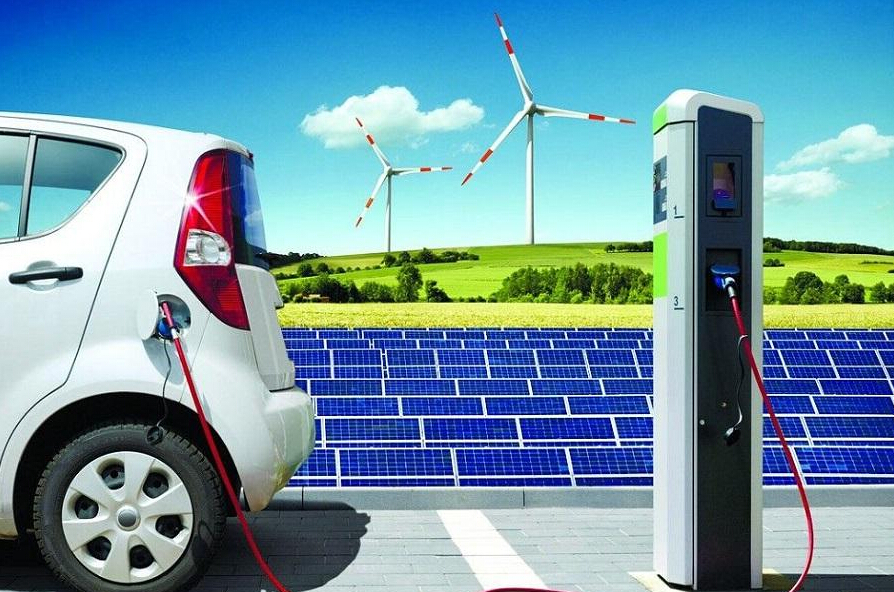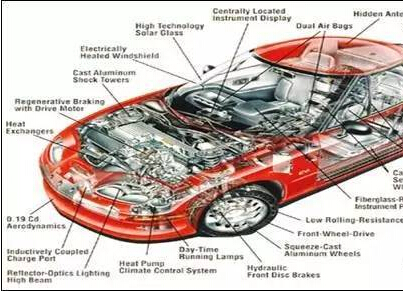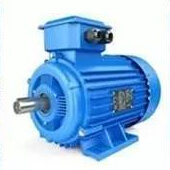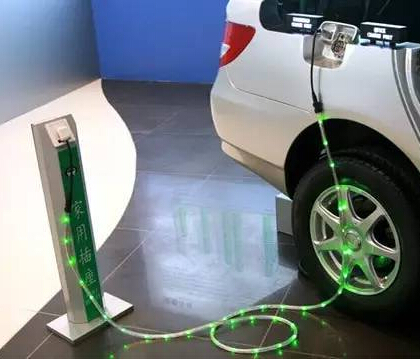In 2018, the state finance subsidies for new energy vehicles will further decline, and vehicle manufacturers will certainly upload cost pressures to the power battery industry. The competitive landscape of the power battery industry must have a new situation of strong and strong. The following analysis of the impact of the policy has a positive impact and a negative impact.
1. Why does the state's fiscal subsidies for new energy vehicles fall further?
The state finances are derived from taxation. According to the state budget, they are used in a planned way for the state's fiscal expenditure, providing public goods and public services to the society, and developing science, technology, education, culture, health, environmental protection and social security. At present, there are specific and clear technical routes for the development of new energy vehicles at the national level. The specific support is reflected in the “financial subsidies”.
The development of new energy vehicles, financial subsidies are not universal, it is impossible to see people. Many experts may think that this is not fair. In theory, the development of new energy vehicles, power batteries is the bottleneck, the financial subsidy object should be the power battery manufacturers, encourage power manufacturers to innovate and quickly crack the bottleneck. The actual subsidy object is given to the user through the OEM. This is the best way and the best way.
How is the subsidy standard formulated? The cost of power batteries initially accounted for 40% of the cost of the entire vehicle. In other words, the cost of new energy vehicles is much higher than that of traditional cars, so state subsidies are needed to develop new energy vehicles. With the power battery bottleneck being solved step by step, the cost will be reduced step by step, and the financial subsidy must be reduced year by year. By 2020, the bottleneck of the power battery will be basically cracked, and the state financial subsidy must be cancelled.
In 2018, the Ministry of Finance and the State jointly issued the "Notice on Adjusting and Improving the Financial Subsidy Policy for the Promotion and Application of New Energy Vehicles", and adjusted and improved the new promotion from three aspects: improving technical threshold requirements, improving new energy vehicle subsidy standards, and classifying and adjusting operating mileage requirements. Energy vehicle application subsidy policy. Passenger car subsidies have been more refined, and the requirements for battery technology have been comprehensively improved. Vehicles with a battery life of less than 150 kilometers have been subsidized; bus subsidies have fallen the most, and the rate of decline has dropped to more than 40%; The density is not less than 115Wh/kg.
It is now predictable that the threshold for subsidies will increase again in 2019, and the amount of subsidies may be significantly reduced. The main reason is: the bottleneck of power battery technology, steadily cracked; the power battery market is steadily increasing.

Second, the basic situation of the power battery market
According to the national plan, by 2020, China's electric vehicle ownership will reach 5 million; it is predicted that China's new energy vehicle sales will exceed 1.2 million in 2018, and pure electric passenger vehicles will become the main force; it is expected that China will be 2018 The installed capacity of power batteries is about 43GWh. It is estimated that by 2020, the total demand for power batteries in China will be about 90GWh, and the demand for power batteries in 2025 will reach 310GWh.
In general, China's power battery industry still has a very large room for growth. Ningde era and BYD have occupied half of the industry, and are the two giants in the first echelon of the power battery industry. The market share in the future is expected to continue to expand. Other enterprises will face the embarrassing situation of being merged or marginalized; small and medium-sized enterprises are faced with a series of difficulties such as low product positioning, fierce price competition, high accounts receivable, and severely insufficient capacity utilization.
Third, the specific embodiment of the policy of declining the role
1. Reverse the price of power battery products
The country's subsidy policy will decline, and it will have a direct impact on the price of the power battery industry. OEMs require battery manufacturers to lower prices; while raw materials such as cobalt continue to rise, resulting in increased battery production costs, battery companies' product profits have fallen sharply; at present, the four major materials for battery production account for nearly 80% of the cost, battery companies will The pressure to control costs has shifted to cathode materials companies.
2. Market competition accelerates the elimination of low-end backward production capacity
At present, China's power battery industry has a phased and structural overcapacity. At present, the overall utilization rate of China's power battery companies is only about 30%. The low-end capacity greatly exceeds market demand, while the high-end capacity is in short supply. The state's subsidy new policy has raised the subsidy threshold and excluded low-end production capacity. Power battery companies want to stand out in the future market competition, they must have strong technology to back up, and technological upgrading is not easy, which will inevitably lead to a The batch of enterprises was eliminated.
3. Basic countermeasures for battery companies
Battery companies must survive in the fierce market changes. They can do: increase production, increase scale effect, improve battery yield and consistency, increase battery size, and lighten structural components; reduce design costs such as BMS; Automated efficiency, ladder utilization, modular design, vertical integration and other ways to reduce battery costs.
4. Accelerating the layout of high-nickel ternary materials is a general trend
Car subsidies are tied to energy density, and the orientation is clear. It promotes the development of high-energy-density batteries and increases the energy density of batteries and battery systems as quickly as possible. The main practice is to improve the energy density requirements of the national new energy vehicle subsidy standard by improving the material systems such as positive and negative materials, separators, electrolytes and other PACK structures.
Fourth, the battery business mentality is very important
The development of new energy vehicles by the state is a development opportunity for power battery companies and upstream materials companies. The main materials of power battery 4, cathode material, anode material, electrolyte, diaphragm, the market is getting bigger and bigger, the market scale is unprecedented, objectively speaking, the cost has dropped. The state has used financial subsidies to support the development of the new energy auto industry. There is also tremendous pressure on companies to treat fiscal subsidies as “profits”. Efforts should be made to improve the technical level, and the current power battery is the "bottleneck and short board" hat for the development of new energy vehicles. The country's development of new energy vehicles is a major industrial transformation. Whoever turns faster, who turns better, who will develop better.
















 RCCN WeChat QrCode
RCCN WeChat QrCode Mobile WebSite
Mobile WebSite







